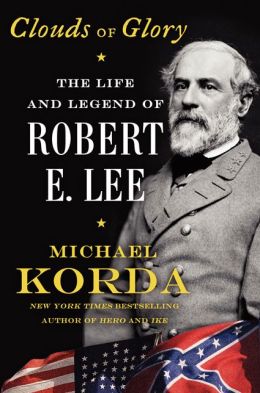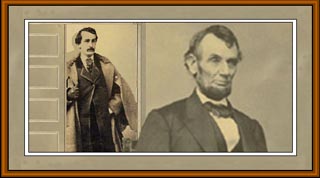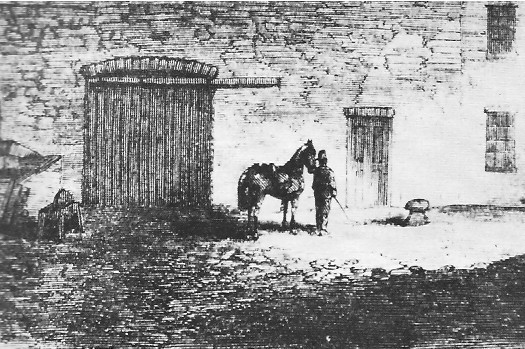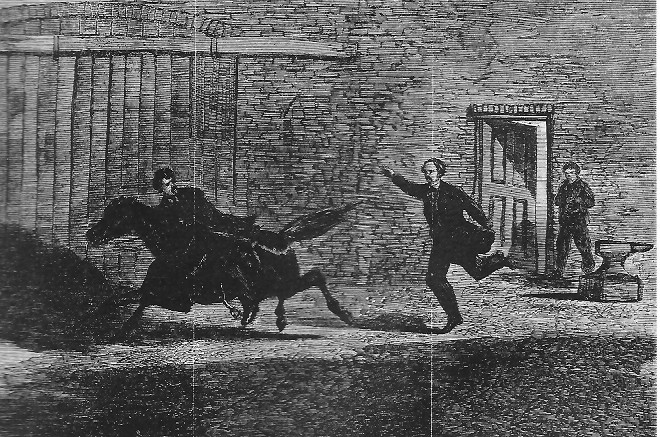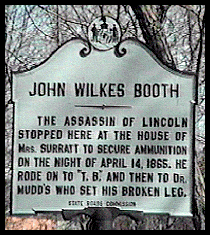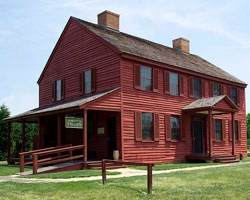
‘Trinity,” a striking painting on exhibit at the Ogden Museum of Southern Art in New Orleans, depicts Jesus Christ, Elvis Presley and Robert E. Lee, each adorned with a halo. Whatever Elvis’s claim to divine status, the South and much of the rest of the nation have long viewed Lee as a secular saint. More than a century ago, what historians call the cult of Lincoln and Lee emerged as a key element in (white) national reconciliation. Former antagonists could revere both men, each embodying the best of his society.
As its subtitle suggests, one of Michael Korda’s aims in “Clouds of Glory” is “disentangling Lee from his myth.” In this he mostly succeeds. Although Korda greatly admires Lee, he challenges the image of a man who could do no wrong. He also challenges the Lost Cause portrait of the Old South as a bucolic paradise of small farmers and courtly aristocrats, a vision in which, he notes, “the reality of slavery played no part.”
The prolific author or co-author of 21 previous books, including a biography of Lee’s great antagonist Ulysses S. Grant, Korda has a knack for describing the complex unfolding of Civil War battles in lucid prose. Most of the book consists of gripping, if perhaps excessively lengthy, accounts of Lee’s military campaigns (the chapter on the Seven Days battles of 1862 runs more than 100 pages). Korda admires Lee’s audacity and tactical genius. At Second Bull Run and Chancellorsville, he divided his army and routed much larger Union forces with bold flanking attacks. Korda, however, does not shy away from identifying the flaws in Lee’s generalship, including excessive faith in the capacity of his soldiers, which helps to explain the disaster of Pickett’s Charge at Gettysburg. The blame for defeat in that pivotal battle, Korda concludes, rests “squarely” on Lee and not, as Lee’s admirers insist, on Gen. James Longstreet.
“A great man’s actions,” Korda maintains, are “determined, if not foreordained, by his character,” and many of Lee’s strengths and weaknesses stemmed from his lifelong obsession with living up to an idealized image of a gentleman. This required projecting a demeanor of self-control, which at critical moments lifted the morale of his troops. But a gentleman also avoided confrontation. Lee was reluctant to force his will on subordinate officers, so key orders were sometimes ambiguous and not carried out. “Good manners,” Korda writes, “at some level mattered more to him than victory.”
Character, however, will take us only so far in explaining Lee’s career. When it comes to the broader historical context, Korda sometimes falters. He does not display familiarity with recent literature on the Civil War era. For example, the one book he cites on desertion from the Confederate armies, a subject of considerable recent scholarship, was written in 1924.
Korda notes that Lee’s views on slavery and race have too often been “swept under the rug,” but his own discussion is scattered and incomplete. Like all Lee biographers, he relies heavily on an 1856 letter to the general’s wife in which Lee described slavery as a moral and political evil (more damaging, he felt, to whites than blacks), but mused that the slaves’ “subjugation” would end only “in God’s good time” and railed against abolitionist threats to the “liberty” of white Southerners. In accordance with his father-in-law’s will, Lee in 1862 freed slaves his wife had inherited. But before then, he could be a severe taskmaster who ordered the brutal whipping of slaves who tried to escape.
Although Korda describes him as a political moderate, there was nothing moderate in Lee’s stance during the 1860 presidential campaign. Korda claims that Lee “was firmly opposed” to the westward expansion of slavery. But in 1860 he favored the election not of the moderate John Bell, to whom anti-secessionists in the Upper South gravitated and who, in fact, carried Virginia, but of John C. Breckenridge, the candidate of extreme pro-slavery Southerners, who insisted that owners had a constitutional right to bring their slaves into all the territories. Korda at one point advances his unpersuasive version of the cult of Lincoln and Lee, contending that Lee’s prewar views regarding slavery were “not very far from Lincoln’s.” Yet Lincoln in 1858 declared, “I have always hated slavery,” while Lee initially opposed secession but chose to fight for a slaveholders’ republic.
Toward the end of the Civil War, Lee came to accept the necessity of enlisting black soldiers in the Confederate armies; a handful were enrolled a month before the surrender at Appomattox. Yet, Korda notes, his racial views “never changed.” Unfortunately, the book fails to devote sufficient attention to Lee’s appearance in 1866 before the congressional Joint Committee on Reconstruction, which showed him at his worst. Lee claimed that blacks were “not disposed to work,” denigrated their intellectual capacity and expressed the hope that Virginia “could get rid of them.” While claiming to have no interest in politics, he firmly opposed giving black men the right to vote and strongly defended Andrew Johnson’s approach to Reconstruction, which abandoned the former slaves to the mercy of governments controlled by their former owners.A word from Lee might have encouraged white Southerners to accord blacks equal rights and inhibited the violence against the freed people that swept the region during Reconstruction, but he chose to remain silent. After the war, he asked for a federal pardon, becoming a symbol, Korda notes, of national reconciliation. How sad that Lee proved unable to set a similar example regarding justice for the former slaves.
